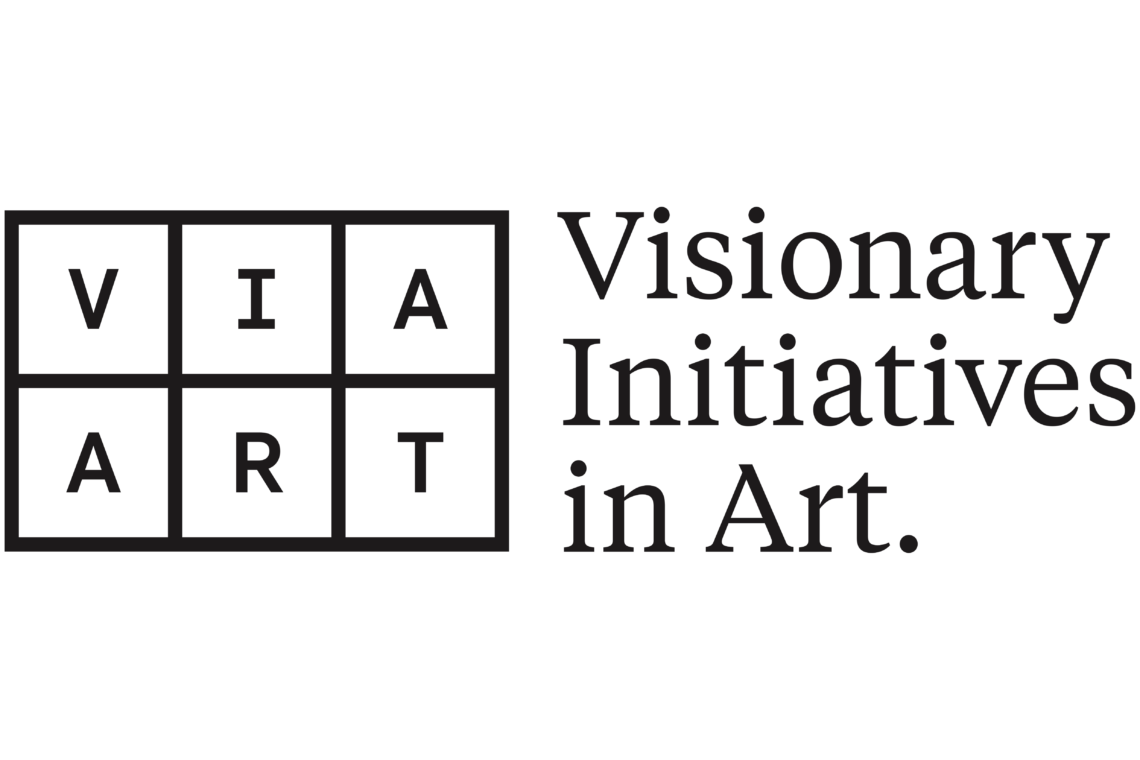Resources & History
The story of the 1811 revolt and slave rebellions generally, are powerful stories of liberation with many lessons for the present. If you want to engage that history more fully this page includes a selection of resources Dread Scott and the SRR team have been drawing on in the process of creating this performance.
The Rebellion ‘Un-Bibliography’
Assistant Producer Shana griffin has compiled an extensive ‘un-bibliography’ of texts, films, museums, and community resources which are especially recommended for reading groups or classroom syllabi.

Dread’s Inspiration
Artist Dread Scott was inspired by these works while researching this project:
On to New Orleans by Albert Thrasher
This is the book that presents the first substantial research of the 1811 revolt—years before anyone else. It is published by Leon A. Waters and is available online at hiddenhistory.us/store/books and in New Orleans at the Community Book Center
The Confessions of Nat Turner
As told to Thomas R. Gray, 1831
The Confessions of Nat Turner — As told to Thomas R. Gray. Not to be confused with the novel by William Styron. Available as free download here.
Image: Wikimedia Commons
Avengers of the New World: The Story of the Haitian Revolution
by Laurent Dubois
Laurent Dubois weaves the stories of slaves, free people of African descent, wealthy whites, and French administrators into an unforgettable tale of insurrection, war, heroism, and victory. He establishes the Haitian Revolution as a foundational moment in the history of democracy and human rights.
American Negro Slave Revolts
Herbert Aptheker, 1943
The substantive first recounting of slave revolts in the US. Written with the assumption that the slave revolts are just and fighting for emancipation. A digital archive of the 1963 edition is available here.
Slavery by Another Name: The Reenslavement of Black Americans from the Civil War to WWII
Douglas Blackmon
More on the legacy of slavery, an account of the “Age of Neoslavery,” the American period following the Emancipation Proclamation in which convicts, mostly black men, were “leased” through forced labor camps operated by state and federal governments.
Congo Square: African Roots in New Orleans
by Freddi Williams Evans
Beginning in the eighteenth century, enslaved Africans and free people of color gathered in Congo Square on Sunday afternoons discontinuously for well over one hundred years. This book presents accounts and descriptions of the songs, dances, musical instruments, religious beliefs, and marketing traditions that typified those gatherings.
Artistic Inspiration
Dread has also been looking at how visual artists have approached slave and peasant uprising. In particular:
– Hale Woodruff (Amistad murals)
– Kathe Kollwitz (Peasant War series)
– Jacob Lawrence (Toussaint Louverture)
Slave Revolt in Jamaica 1760-1761
Interactive Map by Vincent Brown
In this interactive web project, Vincent Brown presents an animated thematic map that narrates the spatial history of the greatest slave insurrection in the eighteenth century British Empire. It gives a complex view of the dynamics and fighting strategy of revolts.
Burn (Queimada) 1969 Italian & French film directed by Gillo Pontecorvo and starring Marlon Brando and Evaristo Márquez. The fictional story focuses on the infighting between British and Portuguese colonial powers to occupy an island in the Caribbean. Brando plays a British secret government agent, who manipulates a slave revolt to serve the interests of the British sugar trade. The rebel slaves are the real heroes of the film.

Visit the Community Book Center @ 2523 Bayou RD
Raising Cain
by kai lumumba barrow
Dedicated to Victoria, Peggy, Lucy, Suzette, Francoise, Louise, Marie Rose and the other unnamed women of the 1811 “rising.”


Press
- Art News
- Art in America
- The Maroon
- Michael Slate Show
- WGNO
- Scripps Denver
- NPR
- The Guardian
- The Observer
- USA Today
- NPR
- Associated Press - Nov. 5
- ColorLines
- Michael Slate Show
- Associated Press - Nov. 8
- WWNO
- The Guardian
- New York Times – Richard Fausset
- WDSU
- WRKF-NPR Baton Rouge
- BET
- Culture Type
- Scripps Cincinnati
- New York Times - Rick Rojas
- Al Jazeera's The Stream
- CNN International
- Yahoo News
- Fashionista
- artnet News
- The Art Insider
- The Michael Slate Show
- Very Local New Orleans
- NowThis
- WGNO
- French Quarter Journal
- WBBAAM-CBS
- WDSU-NBC
- WVLA-NBC
- KTAL-NBC
- KARD-FOX
- Observer Group Newspapers of Southern California
- Gambit Weekly
- Newsweek
- St. Charles Herald Guide
- BOMB Magazine
- The Art Newspaper
- The Hal Clark Show
- Vanity Fair



















